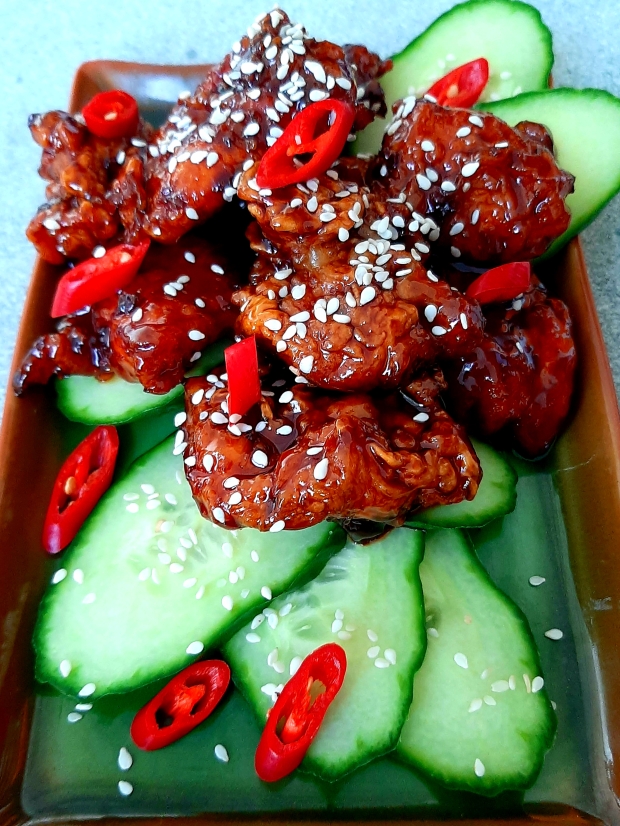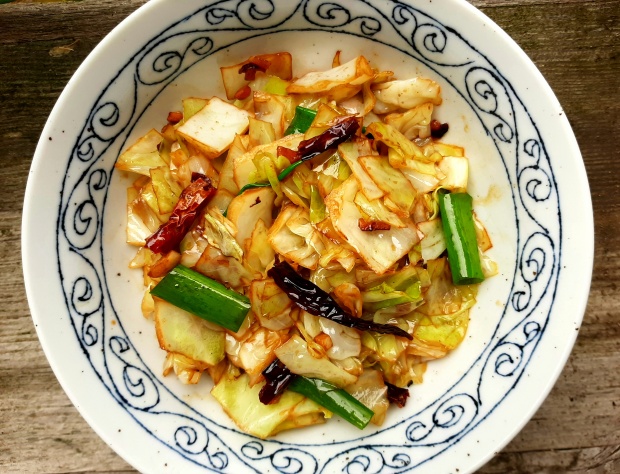Serves: 6
INGREDIENTS:
Spice Bag:
The Essentials:
1 tbsp Sichuan peppercorn
2 black cardamom
2 dried bay leaves
2 star-anise
1 tsp fennel seeds
1 tbsp goji berries
Optional Spice Bag Extras:
2 dried liquorice slices
2-4 dried red chilis
Beef Broth:
800g bone-in beef shin or short ribs
6 tbsp cooking oil
1 bulb garlic, roughly chopped
50g ginger, thinly sliced
½ brown onion, sliced
4 spring onions, roughly chopped
¼ cup Chinese chili bean paste (toban djan)
2 tbsp sugar
½ cup light soy sauce
½ cup shaoxing wine, or dry sherry
1 tbsp dark soy sauce
2 tomatoes, quartered
1 beef stock cube
¼ cup deep-fried shallots/onions, optional
½ tsp salt, or to taste
Hokkien-style wheat noodles
Baby bok choy, cut into half
Spring Onion, finely chopped
Fresh coriander, finely chopped
METHOD:
- Toast the spices in a dry pan, over a medium low heat, until aromatic. Secure in a spice bag.
- Cut the beef into hefty chunks, then blanch in a large pot of rapidly boiling water for a couple of minutes to rid the meat of impurities. Drain and rinse the meat, then set aside.
- In a clean pot on high heat, add the oil, followed by the garlic, ginger, brown and spring onions. Sauté for a couple of minutes, then reduce heat to low-medium and add the toban djan and sugar (the chili bean paste can spit and burn, so take care). Continue to sauté for another minute then stir in the shaoxing wine, light and dark soy sauces.
- Increase the heat, then add the blanched beef, tomatoes, beef stock cube, and deep-fried shallots (if using). Simmer for 4-5 minutes, or until the tomatoes soften, and the beef absorbs the flavours. Add 2 litres of water and the spice bag. Bring to a boil, then reduce to a lively simmer. Cover with a lid and cook for 1 and a half hours, or until the meat is fork tender. Top up with boiling water, if needed.
- Pass the broth through a fine strainer into another pot. Remove the meat and set aside, discard everything else. Place the strained broth back on the stove and keep on a low simmer. Taste for seasoning and add salt if needed.
- When ready to serve: Chop up any large pieces of meat into manageable chunks. Blanch the bok choy halves in salted boiling water for 1 minute, set aside. Cook noodles by following instructions of the type you’re using. Drain and place in a serving bowl. Bring the broth back up to the boil.
- Ladle the HOT broth over the noodles, then top with beef, bok choy, chopped spring onion and fresh coriander.
Serve immediately.








